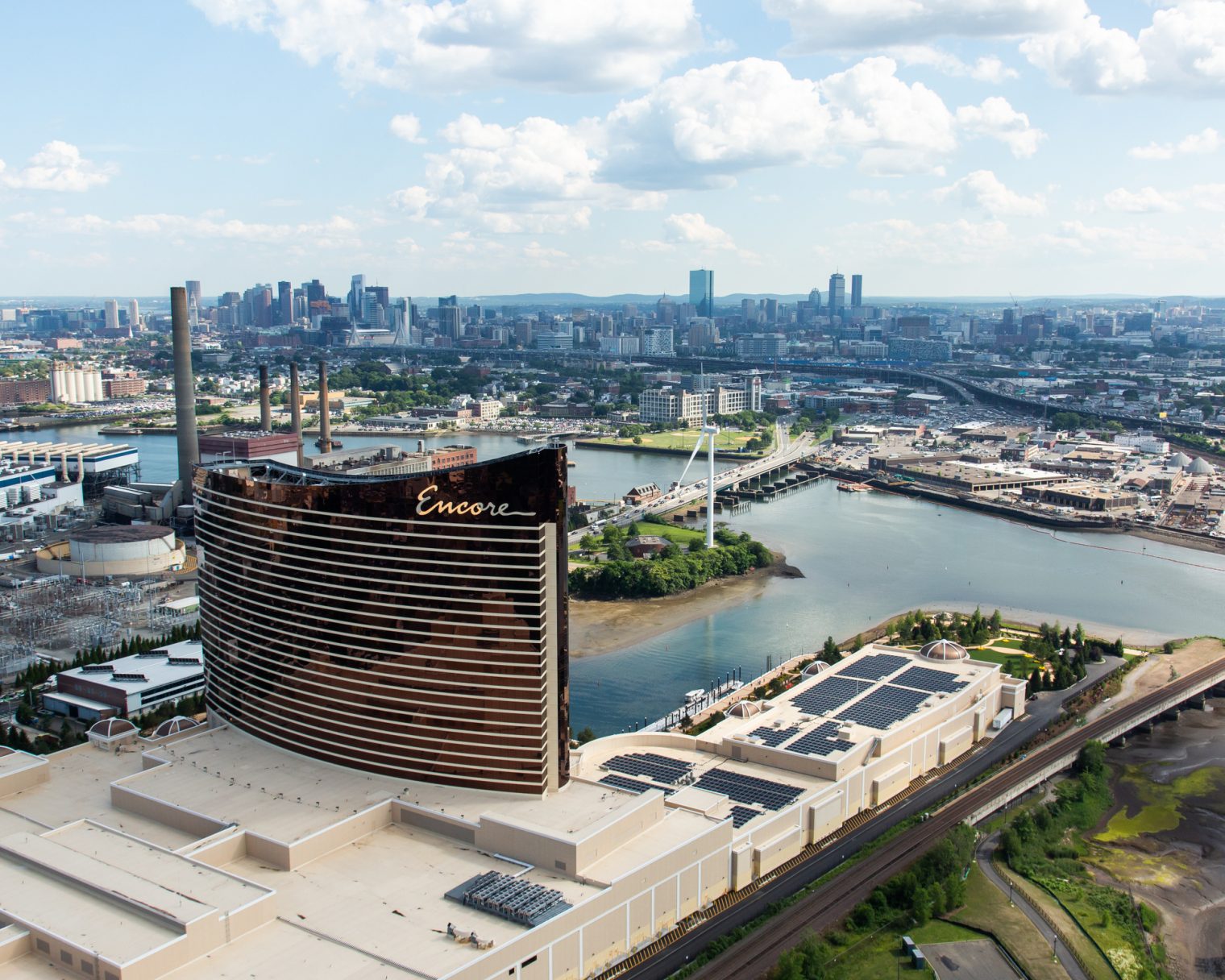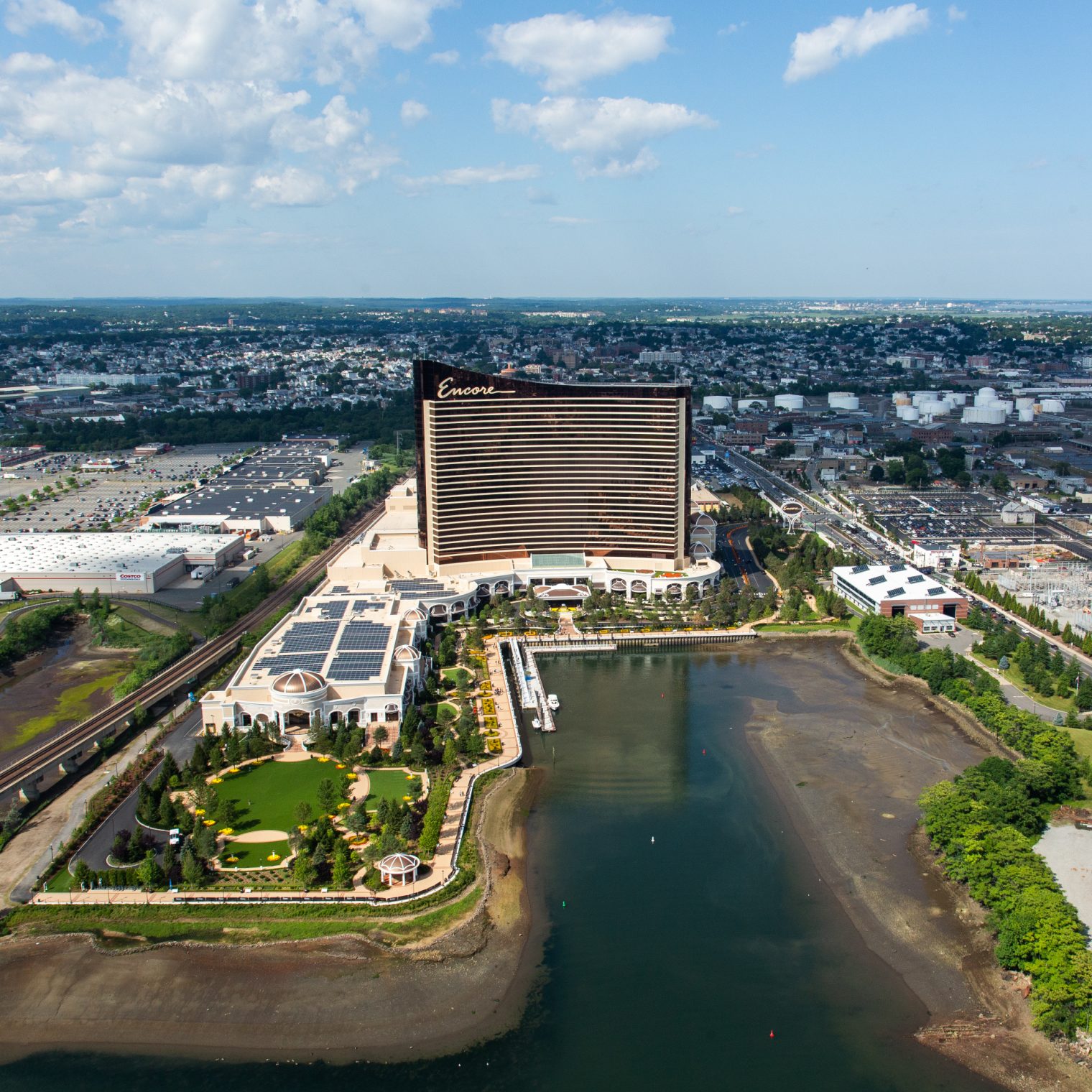The Last Stone, by Mark Bowden (author of Black Hawk Down), shows the terrible consequences for one criminal of not availing himself of his right to have a lawyer present (who presumably would have told him to take the Fifth Amendment, since he was, in fact, guilty).
After decades of smaller convictions, Lloyd Welch was in prison in Delaware for molesting a 10-year-old girl. The Montgomery County, Maryland police detectives came to talk to him in 2013 regarding the disappearance of two girls in 1975. If he had refused to talk to them, he would have been released from prison a few years later, signed up for public housing, Medicaid, food stamps, Obamaphone, etc., and enjoyed the last third of his life:
Prior to this collision with the Lyon squad, the path had seemed clear. His prison mental-health report had all but pronounced him rehabilitated. “Mr. Welch took advantage of the treatment opportunities available within the prison to come to an understanding of the problems that led to [his] offense,” it read, its author either asleep or completely taken in. “Mr. Welch seems to have developed deep insight, empathy, and remorse for his victim’s pain and suffering.”
Over about 70 hours of interviews, though, the police gradually got him to admit his involvement in the kidnapping, rape, and murder of the girls (sisters, aged 10 and 12). The critical tools were flattering, lying (pretending that they knew more than they did), and patience. Multiple interrogators collaborated on this project and they had different personalities, which lent itself naturally to the good-cop, bad-cop ploy.
Mark, in particular, seemed to get this. He showed no sympathy for Lloyd whatsoever. He badgered him with the falsehoods and inconsistencies in his stories. He also liberally exaggerated the evidence against him. “We found a lot of cases that are all across Maryland, South Carolina, Florida. All these cases around Wheaton, Takoma Park, that look like they’ve got your name on them. Rapes. Girls have disappeared. Girls that have been found murdered.” “Hold. Hold. Hold,” Lloyd protested, raising his hand. “No, this is the truth, Lloyd. We have all the old evidence. All the old fingerprints, DNA samples, stuff that was never analyzed. Because back in the seventies they didn’t have DNA analysis. But we kept all that evidence. Now it is all getting compared. And it’s not just going to be us saying that you did it. That’s evidence, Lloyd.” Mark was bluffing. None of this was true.
Electronic surveillance suggests that the family is guilty (see previous post), but does not yield enough information for a conviction:
The squad had anticipated monitoring calls for a month, but they ended up listening for three months. It was costly. Supervised by veteran Montgomery County detective Rich Armagost, the bugs had to be monitored twenty-four hours a day, seven days a week, occupying four or five officers at a time. Many of the things overheard were redolent of deeper knowledge. For instance, after seeing news reports about the digging on Taylor’s Mountain, Pat Welch told one caller, knowingly, “They are going to find something on that mountain.” When told where the police were digging, she remarked, categorically, “Those aren’t their graves” and “They are on the wrong side of the mountain,” even though she had insisted to the squad that she knew nothing whatsoever about the Lyon girls.
The police can’t get any good physical evidence, even after they are pretty sure that they know what happened to the two girls’ bodies:
The location of the bonfire had been fixed, and the dirt there scooped out and sifted through screens. A fragment of charred human bone was found, along with scraps of singed fabric that might have been worn by the girls or come from the bags described by Connie and Henry. Melted fragments of beads were found that might have matched a necklace Kate had worn, and a piece of wire recovered might have matched the frame of Sheila’s glasses. None of these items tested out convincingly. No DNA could be recovered from the bone.
So it comes down to getting Lloyd to keep telling his story and lying about the physical evidence is not off limits:
Virginia’s prosecutors weren’t buying it, Dave explained, because they were more intent on nailing him than on learning the truth. In short, Lloyd was about to be charged with murder. “Does the DNA from the bones show that it was the girls?” Lloyd asked. “Got one fragment that shows,” said Dave, falsely.
The most effective tactic is wearing down the suspect.
After four hours, Dave left and Katie stepped in. She buttered Lloyd up at length, going on about how much better a person he was than the rest of his family, how much more cooperative he was. Then she pleaded with him to help himself by helping them. They were on his side!
Katie sometimes tried to simply overwhelm Lloyd. She would start talking, throwing out ideas, her words flowing in great improvisational gusts, easing from one concept to the next, alternately flattering, reasoning, bargaining, confronting, empathizing. Mark called it her superpower; he joked that sometimes suspects would confess just to shut her up. Katie turned it on full bore now. She invoked Lloyd’s children, who, she said, wanted this all to be over. She talked about mistakes she had made in her own life. She was somebody who knew mistakes. Life, she said, was about learning and moving on … She was still at it when the session passed the six-hour mark. It was a magnificent torrent of cajolery, all of it delivered earnestly and with a straight face.
Jesus forgives even if the Montgomery County police do not:
The Virginia detectives came back in before the session ended to reassure him that he had a few more days. Lloyd told them how bad he felt for having done nothing to help the girls back in 1975, about how his life had changed. He’d become a Christian; he was determined to turn things around. “I’m not a bad person,” he said.
But the Montgomery County police pretend to forgive. They often tell Lloyd that his interest in young girls and drugs was perfectly normal back in 1975:
There were totally different things goin’ on back then.” Katie was smoothing the path for Lloyd. She was allowing, for purposes of easing Lloyd’s concerns, that having sex with prepubescent girls was somehow a normal thing, especially in the anything-goes 1970s.
Lloyd said he thought his story would be interesting. He had never touched the girls, he said, but he’d led an interesting life. “I had a lot of ass when I was growing up,” he said. “I didn’t have to force myself or anything like that. I mean, when I lived in Washington, DC, in that runaway house, I had different girls every night, because we just partied together. Nothing forceful or anything like that. We’d all just get together—” “It was the seventies.” “—and it was free love. Sex, rock ’n’ roll.” “Exactly.”
Separately, the author tries to explain why a person would kidnap two girls from a shopping mall, 10 and 12, and participate in their rape and murder. The answer comes from Bernie Sanders and Thomas Piketty:
In a twisted way, it made sense for Lloyd to prey on children at the mall, for several reasons. … Malls were suburbia’s gleaming showcases, lined with high-end stores stocked with goods Lloyd could not afford, displaying colorful, oversize ads for a lifestyle beyond his reach. They drew clean and prosperous families with credit cards and shopping lists. Living in the woods with his girlfriend, Lloyd would not have known how to take the first step into that world. And while he was not the sort to reflect on such things, much less articulate them, he must have resented the plenitude, all the comforts of money, family, and community that he lacked. As Lloyd himself had put it, “I was an angry person when I was young.”
If only we can eliminate inequality, we may also be able to eliminate this kind of crime. #VoteWarren
What do evil people look like? Would we know them if we saw them? The author goes to visit Lloyd Welch in prison and finds “an unimpressive, scheming man.” The guy does seem to lack self-awareness: “He complained about being treated in the prison as a rapist and murderer of children.”
The guy certainly deserves to be in prison, it seems. But he put himself there by not asking for a taxpayer-funded attorney. That is one of the strangest aspects of the story.
More: Read The Last Stone.
Related:
Full post, including comments 


